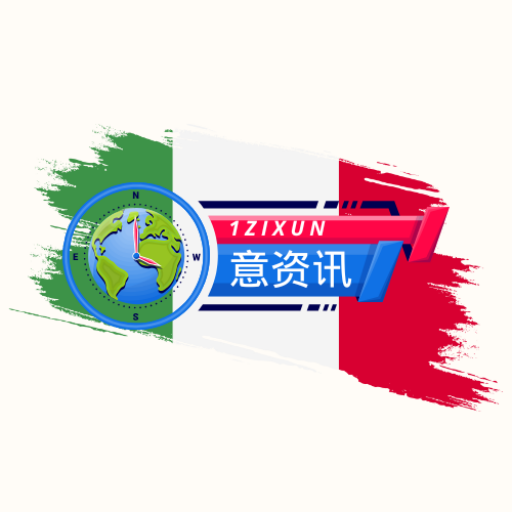Soaring costs are impacting not only beach amenities but also flights, restaurants, hotels, entertainment, and museums, signaling a potential transformation of Italy’s traditional August-centric summer model. Whether this shift is beneficial remains uncertain until after the scorching 2025 season, marked by both extreme heat and intense controversy.
Prime Minister Giorgia Meloni recently countered claims of a tourism crisis, citing official Interior Ministry data from the ‘Alloggiati Web’ police database: “Official figures prove the opposite—arrivals are rising, with millions filling our accommodations.” Tourism Minister Daniela Santanchè noted growing trends toward “shoulder season” travel beyond August, with tourists increasingly choosing art cities, mountains, and non-traditional destinations over coastal hubs.
Industry data confirms changing patterns. Federbalneari president Marco Maurelli observed: “In 2024, 10.8% of Italians opted for mountains and nearly 3% for lakes. While seaside remains popular, holidays are now more fragmented, with short breaks replacing month-long stays.”
Economically, beach rental fees rose just 20% from 2012–2025 (under 2% annually), overshadowed by post-COVID inflation (1.9%–8.1% in 2021–2023) and a 12% drop in real wages. Seasonal labor costs nearly tripled, reaching €110 daily per worker. Despite competition from destinations like Montenegro and Corfu (5% tourism VAT), Italy retains pricing competitiveness: average weekly costs are €500 per person versus €600 in Greece or Croatia.
However, price surges persist. Codacons reports summer vacations now cost 30% more than pre-pandemic levels, drastically altering Italian habits. Airfares lead the hikes: domestic flights are up 81.5% over six years, European routes 67.8%. Ferries rose 13.9%, trains 10.7%, buses 10.1%, and car rentals 21.6%. Package holidays cost 56.6% more, while accommodations spiked sharply—hotels +42.6%, vacation rentals +22.7%, campsites +12.7%. Museums (+20.5%), theme parks (+21.4%), and dining (+22.5% for dinner; cocktails +18.2%, beer +17.2%, soft drinks +28.8%) also saw steep increases.
Consequently, extended August vacations are declining, replaced by shorter, more frequent trips spread across June to September.
